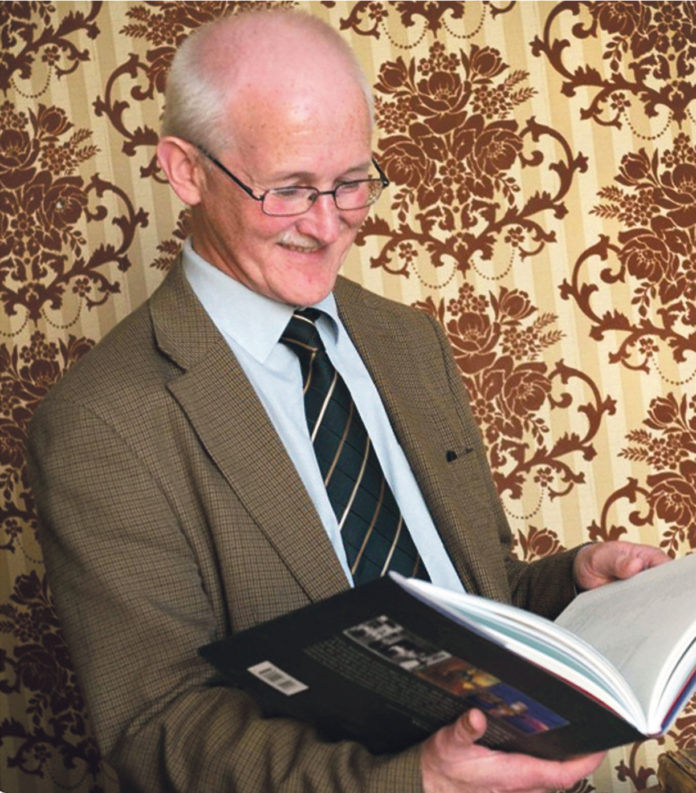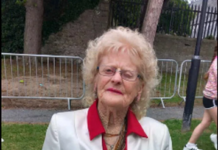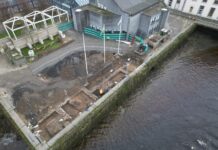
MORE people visited the Limerick City Museum last year than at any other time in its 111-year history.
A record 23,159 people passed through its doors last year, an increase of 240 per cent since 2016 and beating the previous record of 22,854 visitors set in 1965.
2018 was the first full year for Limerick Museum at its permanent home since it moved to the Old Franciscan Friary on Henry Street, in Limerick City Centre.
Established in 1907, the museum is the oldest local authority museum in the state and is owned and administered by Limerick City and County Council.
It has also one of the largest museum collections in the country, with more than 60,000 objects in its care. Among the more unusual are the mummified Ireton’s Cat, found on Nicholas Street in 1894, a fragment of the largest meteorite to ever fall in Ireland which struck in 1813 and two World War II gas-masks, that fortunately never had to be used.
Limerick Museum is dedicated to the memory of Jim Kemmy, the former Democratic Socialist Party and Labour Party TD for Limerick East and two-time Mayor of Limerick.
Dr Matthew Potter, Curator of Limerick Museum said: “We’re so pleased, this is absolutely fantastic news. We have a very interesting offering – a unique collection that tells the 9,500-year-old story of Limerick city and county through its objects, from Stone Age axes to medieval coins, from the civic sword of Queen Elizabeth I to medals presented to veterans of the 1916 Rising.
“Since the Museum opened in its new permanent home in Henry Street, we’ve noticed a lot more people coming through our doors. We have fantastic visibility and visitors are coming from all over Ireland and further afield to view some of the amazing artefacts we possess, and to get a sense of what Limerick was like centuries ago.”
In addition to displaying a selection from its permanent collection, Limerick Museum also hosted eleven temporary exhibitions in 2018, which attracted a wide variety of visitors.
Limerick Museum also held a series of pop-up museums around the county to inform people about the museum itself and to discuss a number of items on display. The pop-up museums have help to raise the profile of the Limerick Museum and to attract new and returning visitors.
Dr Potter said: “the whole purpose of the pop up museum is to make this a community-centric event that empowers citizens to be active contributors to the museum space. The Patrickswell event was focused on bringing people together through stories, conversations and objects.
“Here, the museum is reinvented not only as an institutional or historical site, but as spaces where the community can meet, interact and learn,” he explained.










